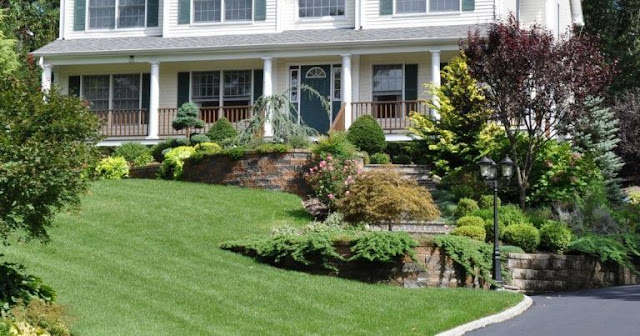The Ultimate Guide to Kill Weeds Completely
Weeds are a pest that many people struggle with and need help getting rid of. Luckily, there is an ultimate guide to kill weeds completely!
This ultimate guide will tell you everything you need to know about how to kill weeds for good. We will also provide some tips on how to avoid the problem in the future.
Identify the weed
Examine the location and type of weed
Take a look at how much sun or water it is getting
Use organic methods to kill weeds, such as vinegar, baking soda, salt, or dish soap
Use chemical herbicides only when necessary
Prevent weeds from coming back by planting grass in areas where they were before and adding mulch around your plants
Use a weed killer that is safe for pets and children
Do you have pets and children? If so, then it is important to use a weed killer that will not harm your animals or kids. Luckily there are many weed killers out there that are safe for both people and animals.
Do you have weeds in your garden or around the edges of your lawn? If so, it's time to apply a weed killer. Weeds can grow quickly and become overgrown if not dealt with early on.
The best time to apply a weed killer is when the weeds are still small. There are two main types of weed killers - pre-emergent and post-emergent. Pre-emergent weed killers need to be applied before the seeds sprout up through the ground, whereas post-emergent weed killers kill existing plants once they've grown above ground level.
The most common type of weed killers is chemical-based, meaning they contain chemicals that can harm your health and the environment.
However, there are many types of natural weed killers available on the market today which do no harm to humans or animals.
Weed killers such as vinegar and dish soap will get rid of weeds without harming anything in its path. So be sure to use a safe product when trying to kill weeds!
Apply the weed killer when weeds are in their early stages of growth
There are a few ways to know when weeds are in their early stages of growth. The first sign is spotting weed seeds or seedlings. Seeds can be found on the ground, under plants, and on the stems of nearby vegetation. Seedlings will emerge from these seeds and grow into mature plants that produce flowers and reproduce more seeds. When this happens you'll need to apply weed killer because if left untreated they will continue to grow until they become unmanageable.
Look up your area's information on what types of plants can grow well with each other
Most people are unaware of the types of plants that they can grow in their area. Knowing what types grow well where you live will help make your gardening experience more successful and enjoyable.
As a result, it is important to know what these different plant types are so you can choose the right ones for your garden. In this blog post, we'll go over some common plants and how they do in various climates around the world.
Do you want to know what plants grow best in your climate? The first type is called a cold hardy. These plants are able to withstand frost and cooler temperatures, but not freezing temperatures.
The next type is called heat tolerance. They can survive very hot conditions as long as they have enough water and sunlight. Lastly, there are drought-tolerant plants that do well with little rainfall or watering due to their thick leaves or ability to store moisture within themselves for a longer period of time than other types of plant life.
Weeds are a pesky problem that can take up precious time and space in your garden. They also make it difficult to plant new flowers or vegetables because they spread quickly, preventing them from growing high enough for you to see what's happening underneath the weeds.
We’ve compiled this Ultimate Guide to Kill Weeds Completely so that you know how to get rid of weeds on your property without breaking the bank. Whether it be out front, back, or side yard - we have all sorts of tips and tricks!
One thing is certain, killing those nasty weeds will help you enjoy your outdoor living space more than ever before! Plus there'll still be plenty of room left over for some flower planting too! Let’s get started with our list.




Comments
Post a Comment